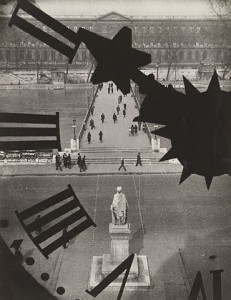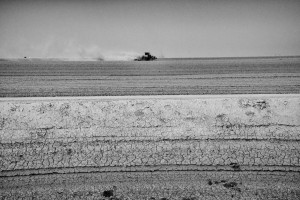When I think about California, I think of the great weather, white sanded beaches, the Golden Gate Bridge, the Hollywood sign, Rodeo Drive and the relaxed way of life. Maybe it’s due to my need of a vacation, but it’s to my very own ignorance, that the acceptance of where my weekly groceries come from, is the little label located on the containers. California produces a vast number of the fruits, vegetables and animal products that the U.S consumes. It was under my assumption that the state of California, though the climax is dry, it is noteworthy for the “perfect growing conditions” due to the coastal fog and the soil, as well as the vast number of acres dedicated to farming. Knowing this it would be safe to assume that there must be come impeccable water infrastructure, irrigation systems and water distillery plants to support farming on such a grand scale. I’m very taken back by the fact that most of California relies on man-made irrigation in Central Valley, where a vast number of these crops are grown. Also a large percent of water is produced in northern California, but the same need is located in southern California, this all just does not make any sense to me. It’s pretty devastating, seeing the people and the animals suffering. It’s natural, for me as a reader, to try and think of solutions that might help these people, but with barriers such as politics, locations and environmental conditions including global warning, it seems like there is no end in sight. There was a quote in the video “who really does make the food? ” the farmers, the silent heroes, bestowed the task of feeding millions, are now the ones without jobs and are struggling to make a living. Similarly to the FSA photography, which depicted the state of devastation during the Great Depression, the same can be said with these photographs, the black and white photos truly depict the state of disarray and the desolated lands that are plaguing the Central Valley.






